Gardening in Straw Bales - Mid Season Update....
As you may know, we decided to use the Straw or Hay Bale Gardening System this year. Our reasoning behind the change was as follows:
- Very poor soil conditions
- Pest issue, especially the squash vine bore
We moved to this homestead two years ago and found the Kentucky soil to be tough, very hard soil, lacking nutrients of any kind.
How we got anything to grow in our first garden here is a testament to sheer determination.
We come from Northern Illinois, up there we had 4’ deep of the richest, blackest organic filled soil anybody could ask for, it was a truly magical to watch vegetable grow in it. There was almost no effort on our part to have a successful garden.
So, after our dismal failure the first year here we set out to figure this Kentucky soil out. We talked with neighbors and vegetable producers, anybody that would talk we talked to. The bottom line for probably 95% of the folks we talked to was “ADD Chemicals”. We are not purist by any means, but the whole ideas of being self-sustainable rules out chemicals for us.
I was surfing YouTube for ideas and came across a guy called the 52 Week Gardener and he was testing out this hay bale system, he made a very convincing argument for using the method and had a year or two of experience under his belt with proof of success. We are in Zone 6B and his is in zone 7 I believe, so, we are not that much different in climate. Colleen and I decided why not let give it a try….we had resources in the barn ready and waiting to be used.
What could we lose???
These resources, the 70 bales of hay (Johnson Grass low quality) so we started with that. We got the bales laid out the way we wanted them and started the conditioning process.
Note: We will be doing a complete “How to” post on the basics of bale gardening in the near future!
We started all of our plants in our greenhouse and them transplanted them into the bales. For us this was a learning curve, and we are still learning, still talking with folks. Everybody that stops to see the farm is just amazed at how well the plants are doing. We have even had a few folks say they are going to try it next year!
So, let’s look at what worked and what didn’t: The Good, The Bad & The Ugly!!!
First the Good
Squash:
We had much better luck with the squash this year. We still have some pests, but they are not wiping the plants out like last year, and we have some more ideas for pest control that we will implement next year.
Tomatoes:
The tomatoes took off this year we are harvesting 20 to 30 pounds of tomatoes every other day or so.
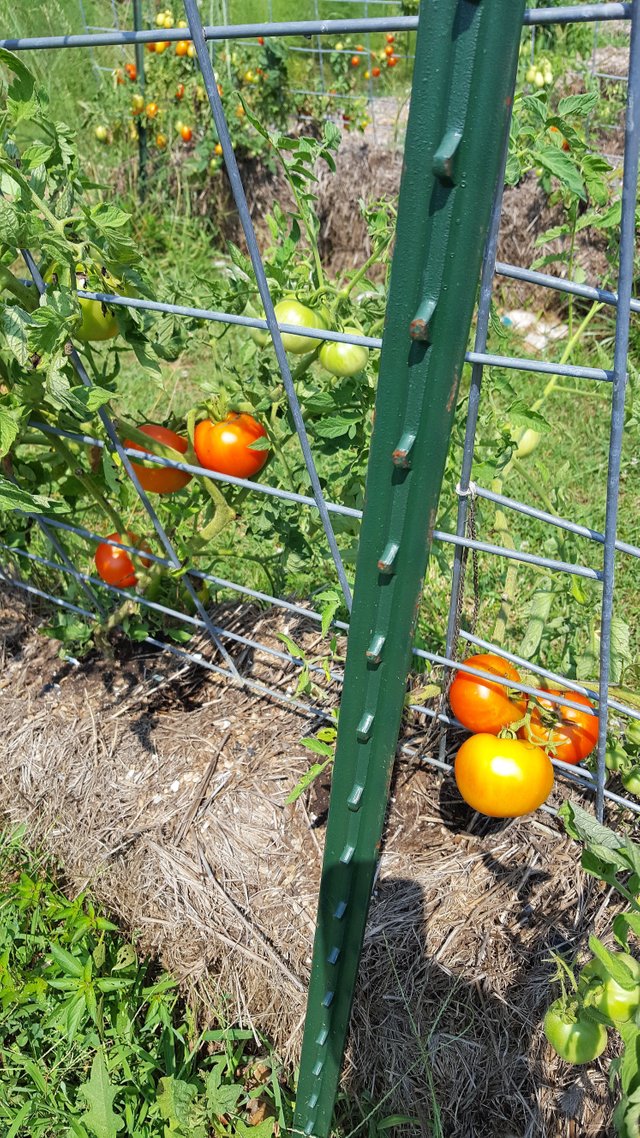
Cucumbers:
Doing very well, we only planted three plants this year and they are producing! Lots of pickles this year!
Peppers:
Much better than last year! We are harvesting weekly, everything from bell to hot chill's.
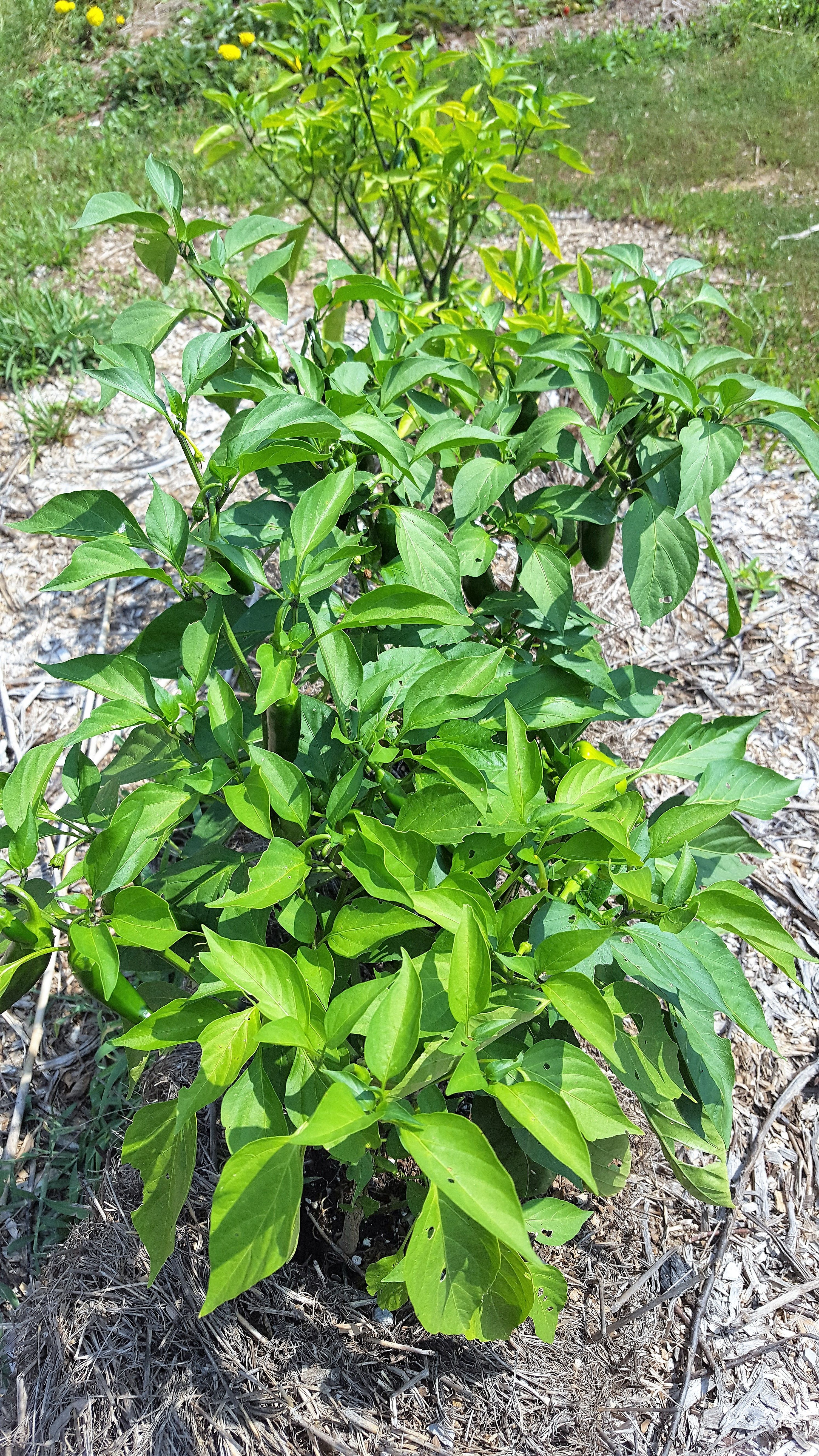
Zucchini:
The plants look great, so far the bugs have left them alone, production is OK. We have a volunteer doing very well!
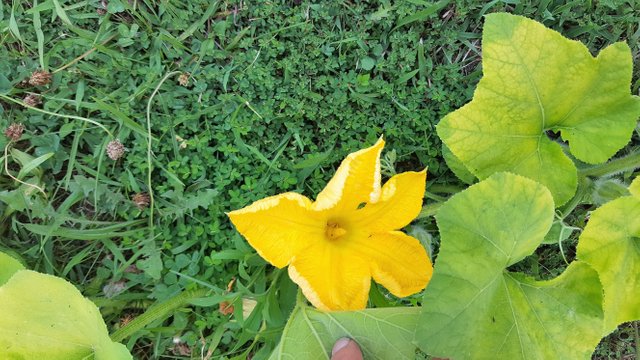

Carrots:
All I can say is wow, they produced very very well, looking to plant a fall crop soon.
Radish:
The radishes did rather well, very happy with the first crop, the second crop did not do so well.
The Bad
Brussel sprouts, cauliflower & broccoli:
This may not belong in the bad category as we had a volunteer squash that invaded the area where these we planted to, they had to fight for space, they are starting to produce but it will not amount to anything. We will replant and hope for a fall / winter crop and see what happens.
The ugly!
So, it seems like anything delicate, such as lettuce, swiss chard and kale do not do well in bales, I am not sure why, but I am guessing that they can’t take the heat coming from the decomposing bale, not sure, we need to do some research to figure this one out.
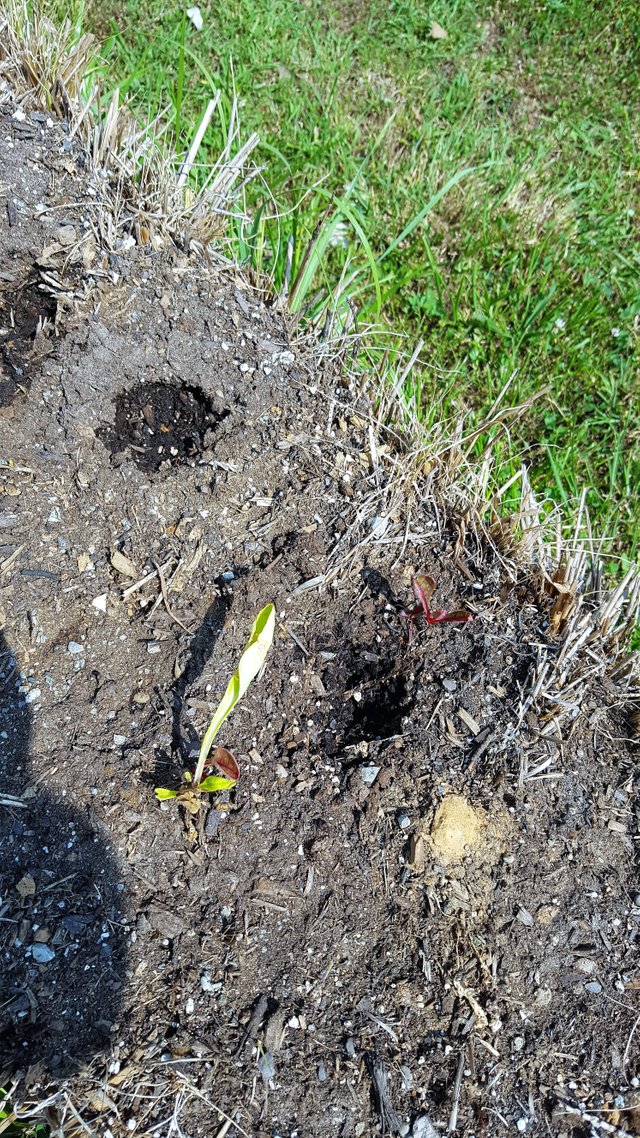
One of the complaints I heard from others that have tried this method is the amount of water needed to keep the bales damp, we have not had that issue, if it did not rain during a given week, we would water once a week. During this high heat season, we are watering every three days, the plants look healthy and free from water deficient stress.
Another huge plus is that the plants are up off the ground, blossom rot is way down, tomato blight, nonexistent this year.
We will do this again next year, as the decomposing bales are amending the soil underneath the bales, we figure after two, possibly three years of using this method the soil should be ready for direct planting. We will certainly keep ya'll posted!
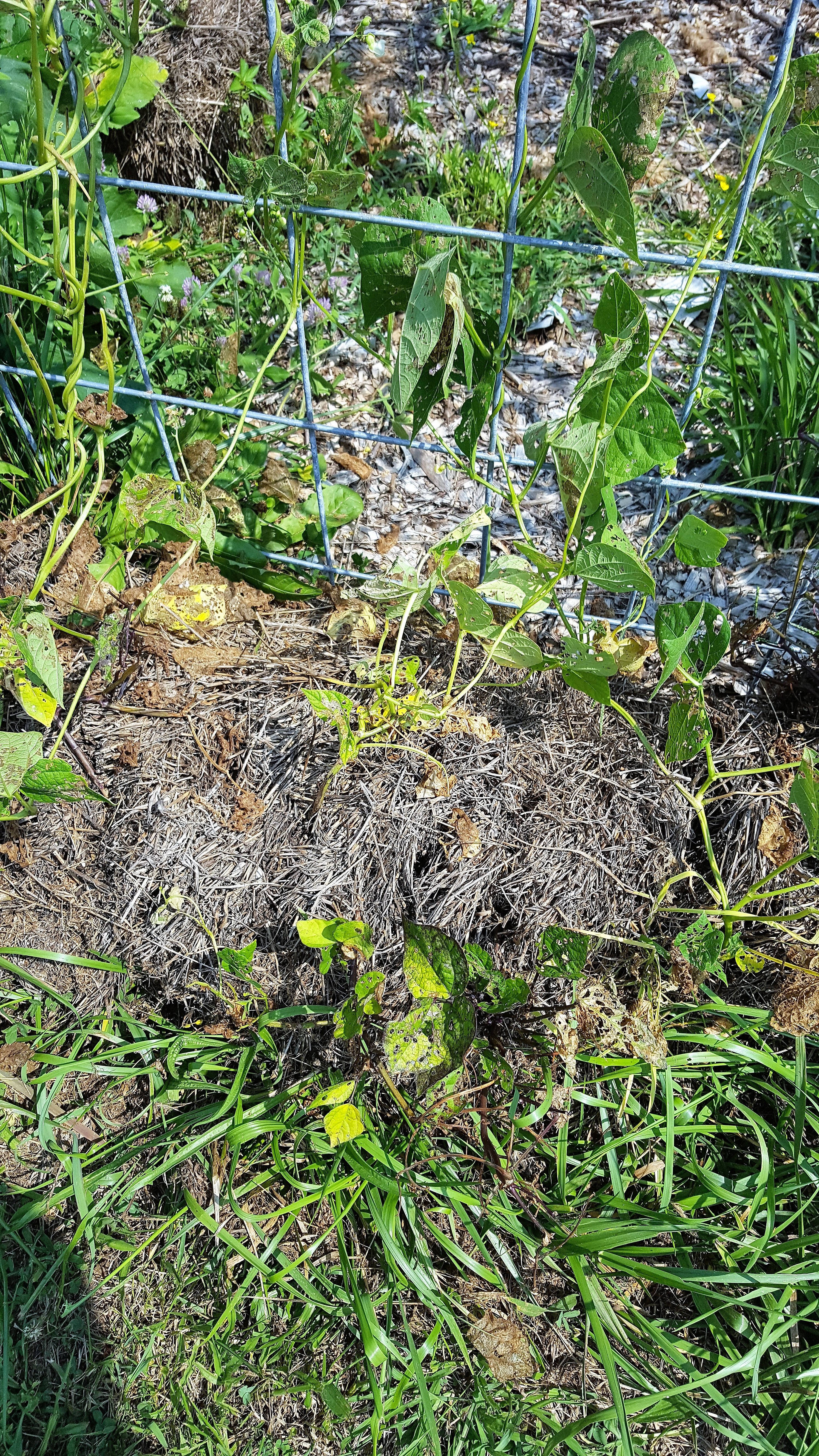
Until next time, ya'll have a good day now!
Great, do you eat all your own produce, or do you Barter it with others that grow veggies?
We do barter but for the most part it is what we eat all year and we can most everything for the winter months. Thanks for the comment!
Having poor soil is a tough row to hoe, in more ways than one. With your strawbales, you'll be improving the soil, so that 's a double plus. It looks like you have the system figured out. Happy gardening!
Thanks, we will keep ya all posted!
I have been seeing more of this in our area. Going to have to try it bacause we have poor soil . Thanks for a great post. 🐓🐓
You bet..... Let us know how it works out!
Will be posting about it if all goes well. Thanks for the tip! Glad you dropped by. 🐓🐓
I live out on the coast of Virginia and the soil here is ROUGH! very hard and sandy direct sow was nearly impossible this year. We had to cultivate top soil and compost into the ground before we even had enough soil to plant our veggies in. This hay bale idea is really neat and we might give it a try next year with some of our pumpkins and squash. Thanks for sharing.
We are real happy with the system! look for our "How to" post series coming soon. If there is anything we can help with let us know! Thanks for the comment....
awesome - Thank you. Following so I wont miss your future how to series.
Shenandoah Valley Virginia here! :)
Congratulations @svfarms! You have completed some achievement on Steemit and have been rewarded with new badge(s) :
Click on any badge to view your own Board of Honor on SteemitBoard.
For more information about SteemitBoard, click here
If you no longer want to receive notifications, reply to this comment with the word
STOPInteresting to see this growing method in action. Have heard about it but not tried it.
One concern mentioned a lot in the UK for this is pesticide/herbicide residues in the straw. Wheat crops here are sprayed quite a bit here. Did you know the origin of the straw bales you used?
The original bales (Johnson grass) we baled on our farm three years ago. The straw bales we purchased from a local farmer who does not use chemicals. Our climate allows time for the wheat to die on its own, were as in the northern climates in the U.S. They need to spray to quicken the process so they can get the second crop in. You comment is a good one, knowing what you are planting is crucial to your health and well being.
Thanks for the comment!
Interesting how different techniques can produce so well. I read a blog yesterday about someone growing lettuce out of stone in their greenhouse. Crazy. I grow in raised beds with compost and mushroom soil and leaf mulch from the prior year. That works well for me.
Nothing works and everything works, I believe it comes down to figuring out what is the best system for your unique situation, it seems there is always a solution, you just need to find it! Glad the raised beds are working out for you. Mushroom compost is the best! Thanks....
Hi there, this is Mrs. SVF. We also have an Aquaponics system in our house which has not been written about yet, but growing lettuce in stone is happening in the house, we have pea gravel as the base, the lettuce is fertilized by fish that are in a tank underneath the "lettuce bed" Water in cycled by pump and filter. We have not had aa great quantity of lettuce come up but it is growing. Our parsley and oregano are also doing well in the Aquaponics. An inexpensive method for indoors if you have enough space. plants are bug free and tasty! I love being able to pick a leaf and in a few days there is another leaf to replace it.
Sounds awesome. Unfortunately I'm not setup for an operation like that.
We can do a blog on it so you can see, it not big at all. We are using it as a test plot to see if we want to expand it to a size that we can produce product year round and provide lettuce and other items to local restaurants.
I would be interested in seeing your operation. Thanks
Very amazing work out there , keep it up
Thanks!
Welcome
This is awesome! I might try this next year as I have a lot of problems with blight and I think keeping the plants up of the ground will help to prevent this. Thanks for sharing.
It helped for us. Thanks for the comment!
This is very interesting. I think I will look into this further. I don't have a reliable source for straw near me (yet). I am amazed at how little watering you do. I have sandy soil that I have been upgrading every year, but still need to water at least twice a day.
That's a lot of water, but I can understand with the sandy soils draining out so fast. I believe the bale system would work out well for you and as the bale decompose they will help the soil underneath the bale, just break them up a sped them and then repeat the process for a couple years. Hope this helps and good luck!
Thx. I don't have a lot of room but I just might try a bale or 2.